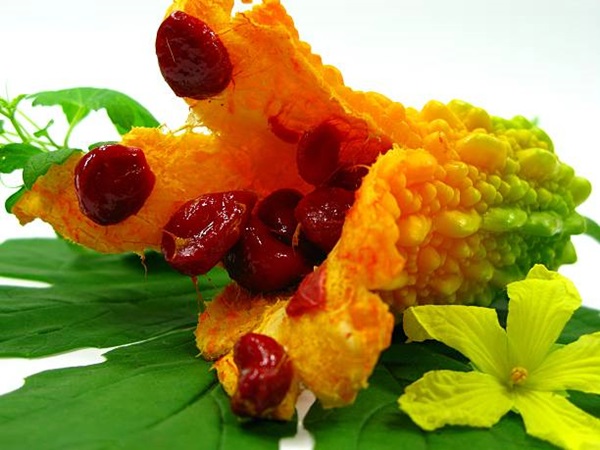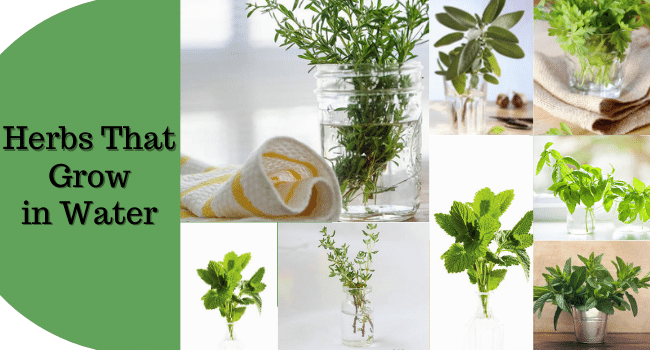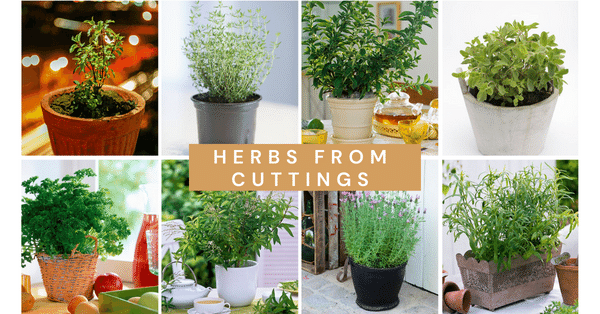How to Grow Bitter Melon in Container | Bitter Gourd (Melon) Care
Learn how to grow Bitter Melon in the pot in a cinch by going through this detailed guide. We discuss all bitter melon care requirements by following which you’ll have a bountiful harvest.

Botanical Name: Momordica charantia
Common Names: Bitter gourd, African Cucumber, Ampalaya, Bittermelone, Karela, Balsam Pear, Balsam-Apple, Balsambirne, Bitter Apple, Bitter Cucumber, Bittergurke, Carilla Fruit, Carilla Gourd, Cerasee, Balsam Pear, Balsambirne, Cerasee, Chinli-Chih, Cundeamor, Karavella, Kathilla
Bitter Melon or Bitter Gourd is popular in Asia and Africa and is cultivated worldwide for edible fruit. It belongs to the Cucurbitaceae family and has many medicinal and culinary uses. Bitter gourd is a vining plant that grows to around 13-16 feet in length if left unpruned. Depending on the cultivar, the fruit can have a warty surface for Indian varieties and a somewhat smooth surface for Chinese varieties. Growing it in containers is fairly easy if you consider certain factors. In this post, we discuss how to grow bitter melon in the container.
How to Grow Bitter Melon in Container

Growing bitter melon in the container is not much different from growing it in the backyard. Select a container that’s large enough for the mature plant, as bitter melon grows quite large. As a general rule of thumb, choose a container that can hold around 5 gallons of soil. In the container, soil dries out more quickly, so watering regularly becomes essential. Trellising is also important as its a vining plant and requires adequate support for proper growth.
Propagation

Bitter gourd is propagated through seeds which you can get from the gardening center or any trusted online vendor. You can also save up the seeds from the previous harvest by harvesting seeds from ripe fruits. Reddish crimson coat on the seeds means that they are ripe for germination. Soak the seeds for around 24 hours before planting to facilitate germination. The ideal time for sowing the seeds is in summer when the temperature remains consistently above 70 degrees F. In tropical and subtropical regions; you can plant the seeds year around as long as there is no danger of frost. Below are the steps by step instructions to propagate bitter melon successfully.
- Sow the seed half inches deep in sandy or slit loam soil when there is no danger of frost.
- Make sure to sow one seed per container as the mature plant takes up a lot of space.
- Keep the soil consistently moist by watering regularly as the soil dries out quickly in a container, especially during summers.
- Seeds will germinate in a couple of weeks, after which train the young shoots over the trellis or any other support structure.
- That’s it! You have successfully grown bitter melon in the pot.
Choosing the Pot
As bitter melon requires adequate space to grow, choose a pot that’s around 12 to 16 inches deep and wide. Ensure that the pot has drainage holes at the bottom; if not, drill some holes before planting. There is no need to fret over the material of the pot.
Location
Bitter gourd is a tropical and subtropical vining plant, so it requires a lot of sunlight for adequate growth. Locate the pot at a spot where it receives direct sunlight for around 6-8 hours. Indoors locate it near a south-facing window, well-lit balcony, or any other spot with adequate sunlight. On balcony and terrace you can train the vines along the wall.
Soil
Sandy loam soil rich in organic matter that drains well is ideal for growing bitter gourd. Amend the soil with aged compost or manure to increase organic matter and nutrient availability in the soil. It likes the soil that is slightly acidic with pH in the range of 5.5 to 6.5.
Watering
For a good harvest, it’s essential to keep the soil evenly moist with regular watering, especially when grown in containers. To avoid overwatering, touch the surface to see if it’s dry and water if it does.
Temperature
Bitter melon thrives in warm and humid conditions, with an ideal temperature falling in the range of 72 to 85 degrees F. For the seeds to germinate, soil temperature must remain above 65 degrees F. Once mature; it can tolerate some degree of cold but not when young.
Trellising
As it is a vining plant, it becomes crucial to provide a sturdy support structure to grow. Trellis can be in the form of a cage, lattice, wooden framework you can buy or make on your own. Make sure that the trellis is at least 6 feet in height and 4 to 6 feet wide. As bitter melon is an avid climber, you can train it over railings, pergolas, mini arches, and other support structures as well.
Also Read: Do cucumber need trellis?
Bitter Melon Care

Pruning
Pruning the side shoots increases the yield and keeps the vines from sprawling. Use a sharp pair of shears or scissors to cut back the side shoots growing from the mature bitter gourd.
Fertilizing
Fertilizing isn’t necessary, but you can fertilize to boost plants’ growth and yield. Use a liquid vegetable fertilizer once a month and make sure not to overdo fertilizing. Adding aged compost, comfrey tea, or organic manure to the potting mix are some organic ways to enrich the soil.
Pests and Diseases
Aphids, mites, beetles, and fruit flies are some of the pests that can cause damage to your bitter melon. Handpick these pests or spray neem oil solution over, then plant to get rid of them. Be on the lookout for diseases like watermelon mosaic virus, other cucurbit diseases, and powdery mildew.
Harvesting
Bitter melon fruits will be ready for harvest in around two months from germination. The fruit turns too bitter if allowed to ripen, so it’s better to harvest the fruit when young. Young fruits are green, a little pale, and around 3-6 inches in length, depending on the cultivar. Happy harvesting!





